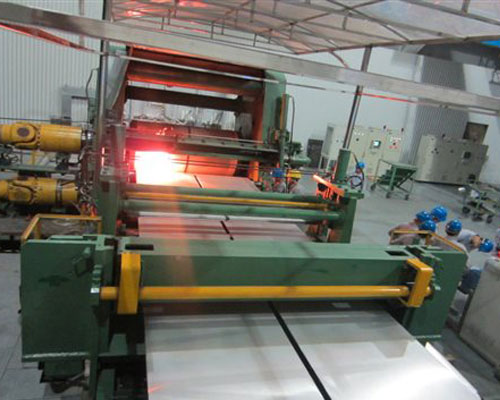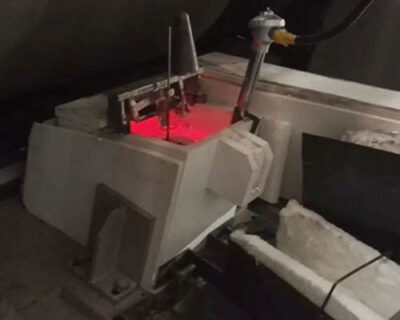Smelting and cast rolling production belongs to the scope of metal material processing, mainly physical processes. The basic theory is metal physics. For aluminum, its purity and internal structure, because the chemical composition, cleanliness and internal structure of metal directly affect the performance of aluminum. In the process of melting and casting, the molten aluminum must be subjected to strict refining and crystal refining.
Aluminum and aluminum alloy smelting is a method of alloying metals. Smelting is a method of changing the state of metal by heating, so that the basic metal and alloying components are melted into a uniform melt according to the required ratio, and to meet the internal purity, melt temperature and other specific conditions. crafting process. The quality of the melt has a decisive influence on the processing performance and final use performance of the aluminum material. If the quality of the melt is congenital insufficient, it will bring potential dangers to the use of the product, so smelting is a meticulous control that controls the quality of the processed product. Only by operation can we obtain high-quality aluminum plates with qualified composition, uniform structure, fine grains, and gas and slag content within the specified range.
Continuous alloy cast rolling production is an example of continuously supplying aluminum melt from the casting roll through the ceramic fiber castertip into the casting area, and then immediately interacting with the two water-cooled casting rolls that are rotating. The direction perpendicular to the surface of the casting roll is transferred to the casting roll, so that the temperature of the molten aluminum adhering to the surface of the casting roll drops sharply, and the molten aluminum is cooled, crystallized and solidified on the surface of the casting roll.

With the continuous rotation of the casting roll, the heat of the molten aluminum continues to be transferred to the casting roll, and is continuously taken away by the cooling water in the casting roll, crystals continue to grow into the melt, and the solidified layer thickens. When the thickness of the solidified layer on both sides gradually increases with the rotation of the casting roll and meets below the center line of the two casting rolls, the casting process is completed, and the solidification structure of the two casting rolls is then rolled. , And with a certain rolling acceleration rate, the molten metal aluminum is cast and rolled into cast-rolled plates.

